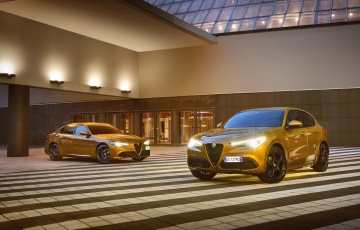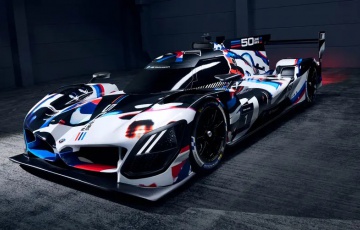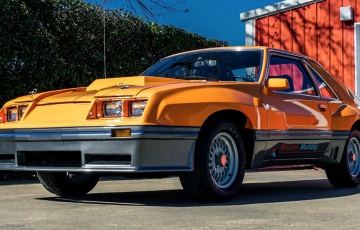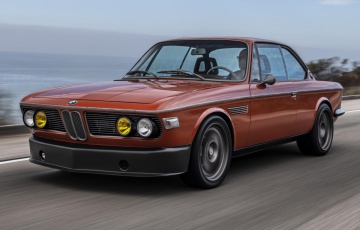The Power of Choice : BMW X3 range
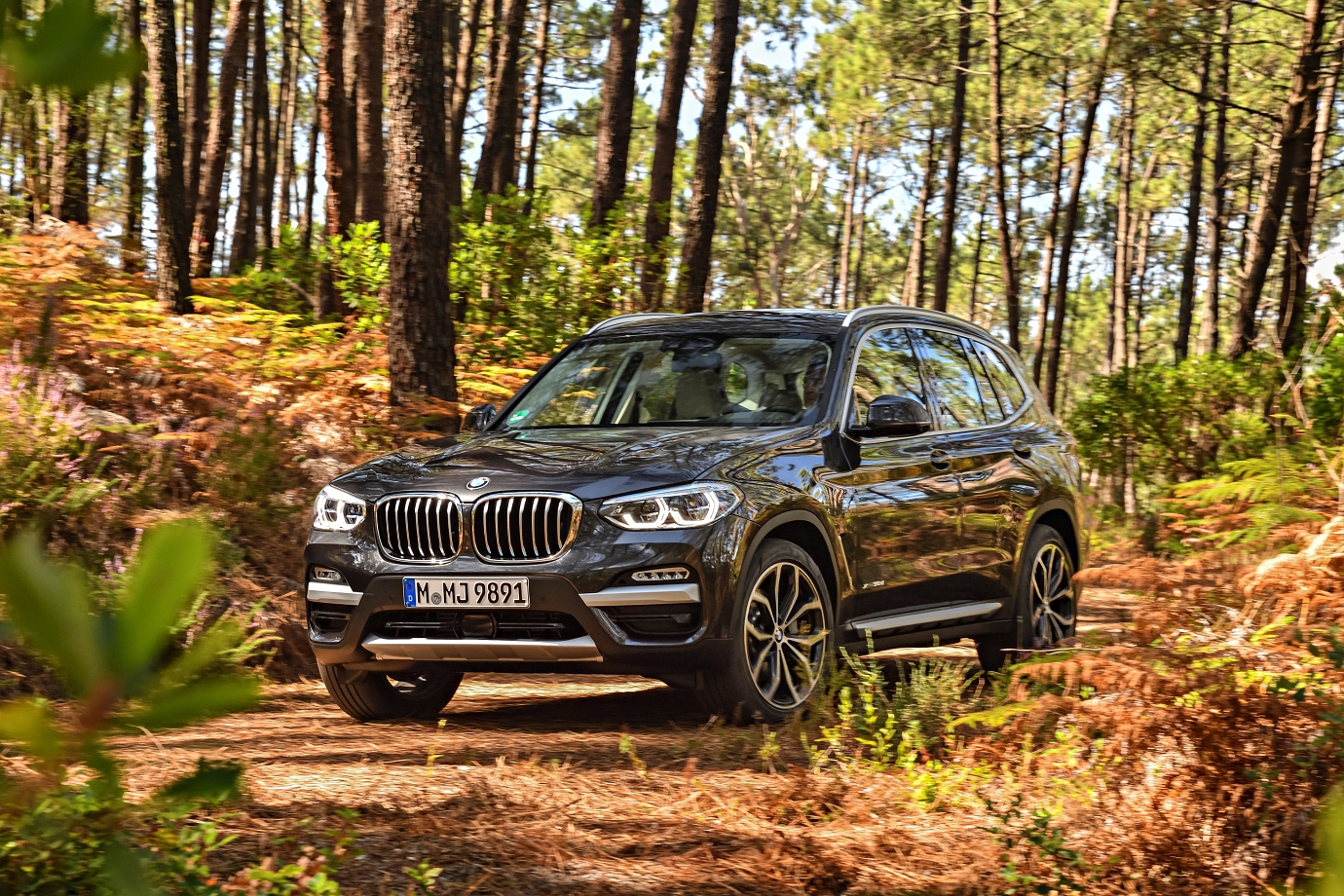
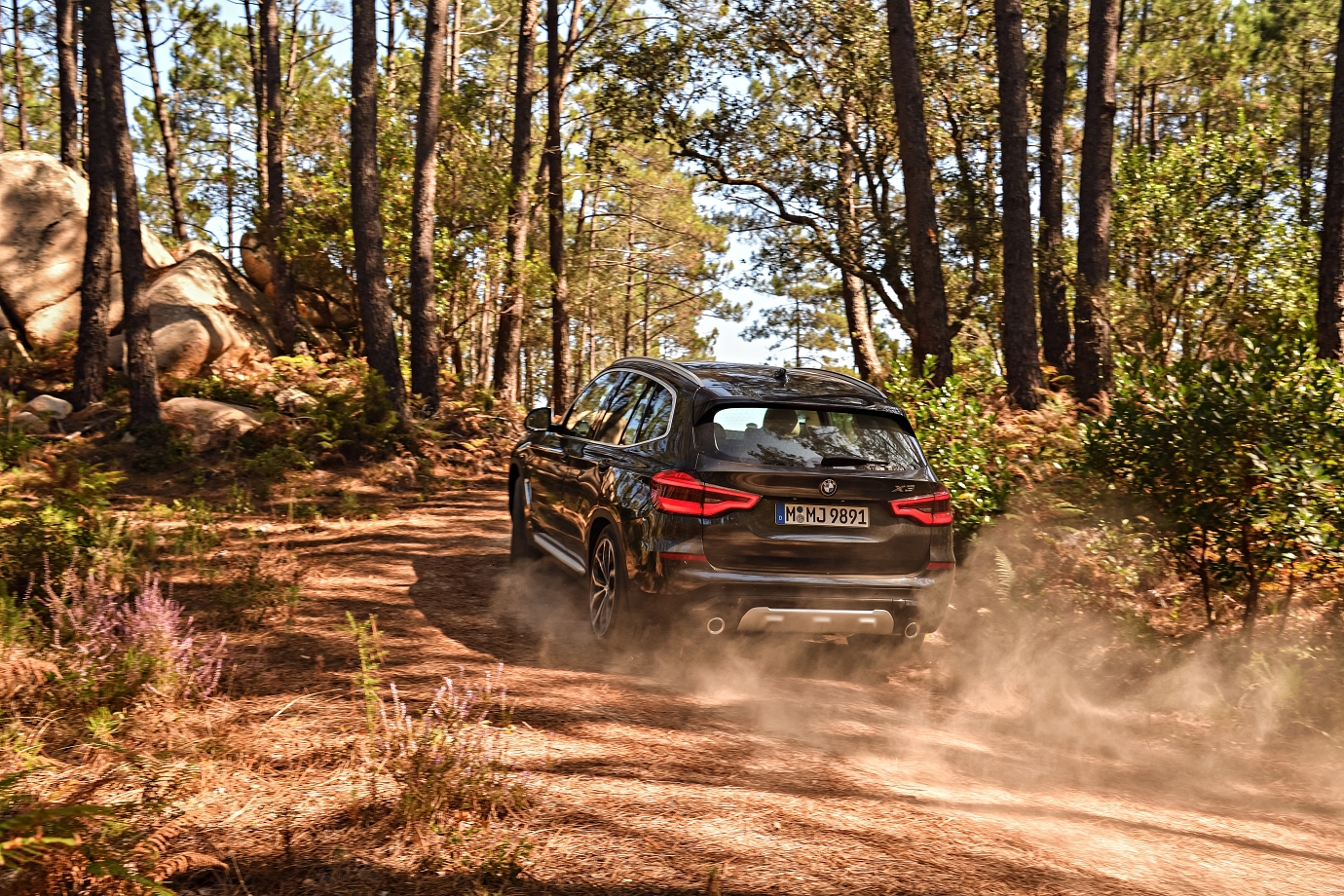
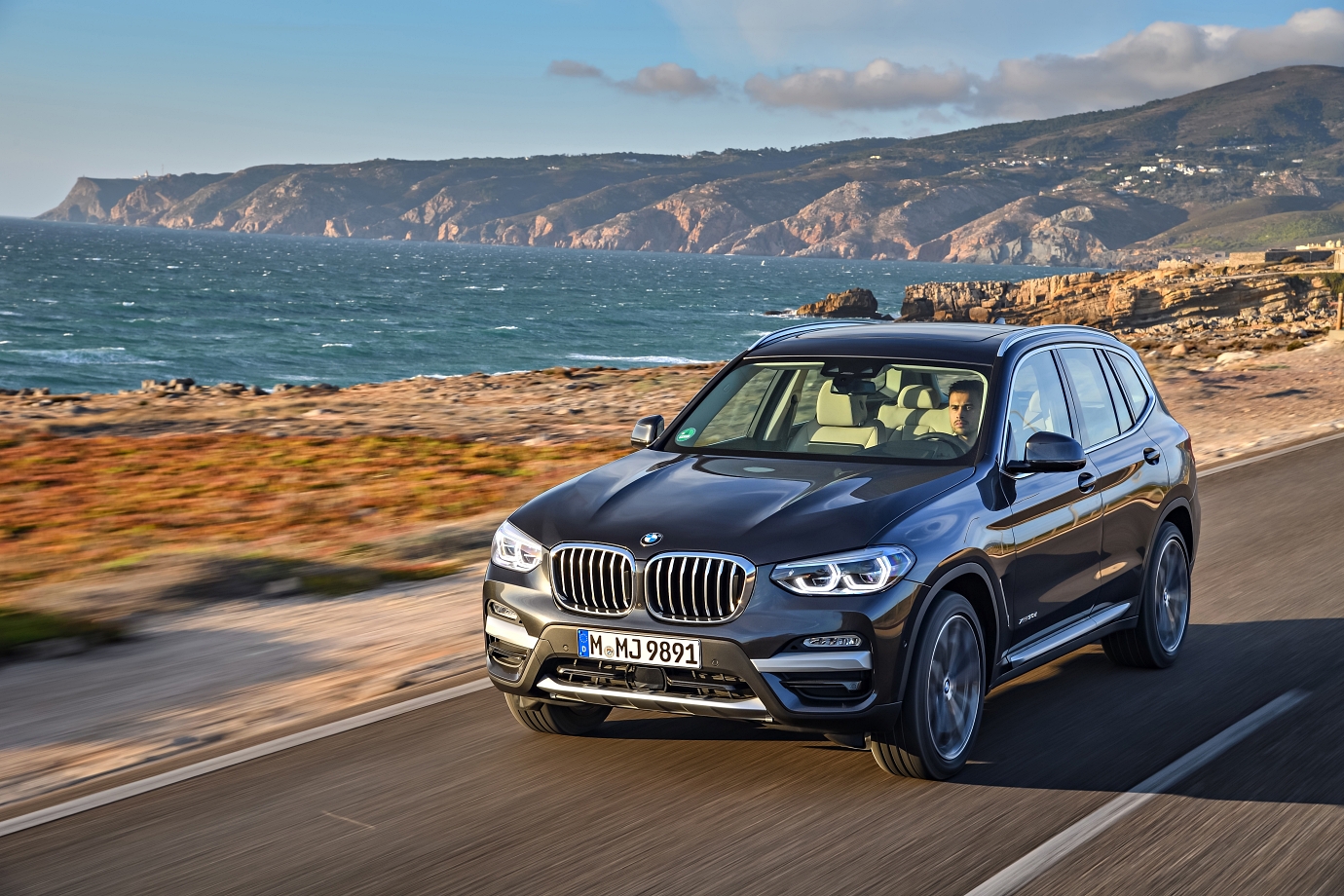
The BMW “X” moniker was first derived in 1999 by way of the BMW X5. The Munich-based automobile manufacturer marketed this as a Sports Activity Vehicle (SAV).
Whilst still being an off-roader, an SAV aimed to show the world that larger-sized vehicles could not just navigate through rough terrain but also hold its own when it came to on- road manners and handling.
Venturing into this segment of vehicle class all those years ago was an important decision that BMW made. Globally, the sports utility vehicle segment is the second-largest class of vehicle on sale today, and accounts for approximately 33 per cent of all passenger car sales. To meet this global demand, BMW has seven different X models on sale today.
Five years from the BMW X5’s success, a smaller entry-sized ‘X’ model was introduced to the world; the E83 BMW X3. This was based on the BMW 3 Series platform, and as such, had big shoes to fill. Produced from 2003-2010, it proved to be so accomplished in its field that BMW is now producing the third generation, the G01 BMW X3.
The G series BMW X3 is also the first time that it has been possible to own an alternative to the traditional internal combustion engine (ICE). With the BMW X3 being the best- selling BMW X model and accounting for a total of 14.5 per cent of total BMW sales (according to BMW's 2019 annual report) in 2019, it was only a matter of time that BMW would introduce more variants to cater to a growing audience. These additional models include the plug-in hybrid BMW X3 xDrive30e and the all-new fully-electric BMW iX3.
In Singapore, the entry point into the BMW X3 range comes in the form of the combustion-engined BMW X3 sDrive20i (in xLine trim) and the xDrive30i (available in both xLine and M Sport trims).
These are powered by a four-cylinder 2.0 litre turbocharged engine block at different levels of tune; the former having 184hp with 300Nm and the more powerful xDrive30i boosted to 252hp and 350Nm of torque. Power-wise, these new 2.0 litre engines from BMW generate power with such aplomb and linearity that often, the driver will find them to be sufficient for the daily journey.
The xLine trim brings to the BMW X3 19-inch alloys, as well as aluminium finishing on the vertical slats of the BMW kidney grille, side-skirt panelling, and the front and rear underbody protection.
Inside, there is more aluminium trim used and sports seats as standard. In M sport guise, this BMW X3 is equipped with an M leather steering wheel and other M goodies to set it apart from the rest of the fleet. In keeping with the M theme, M Sport brakes are also available as an option. Both trims are available in the sDrive20i and xDrive30i, but it is by special indent only for the the sDrive20i.
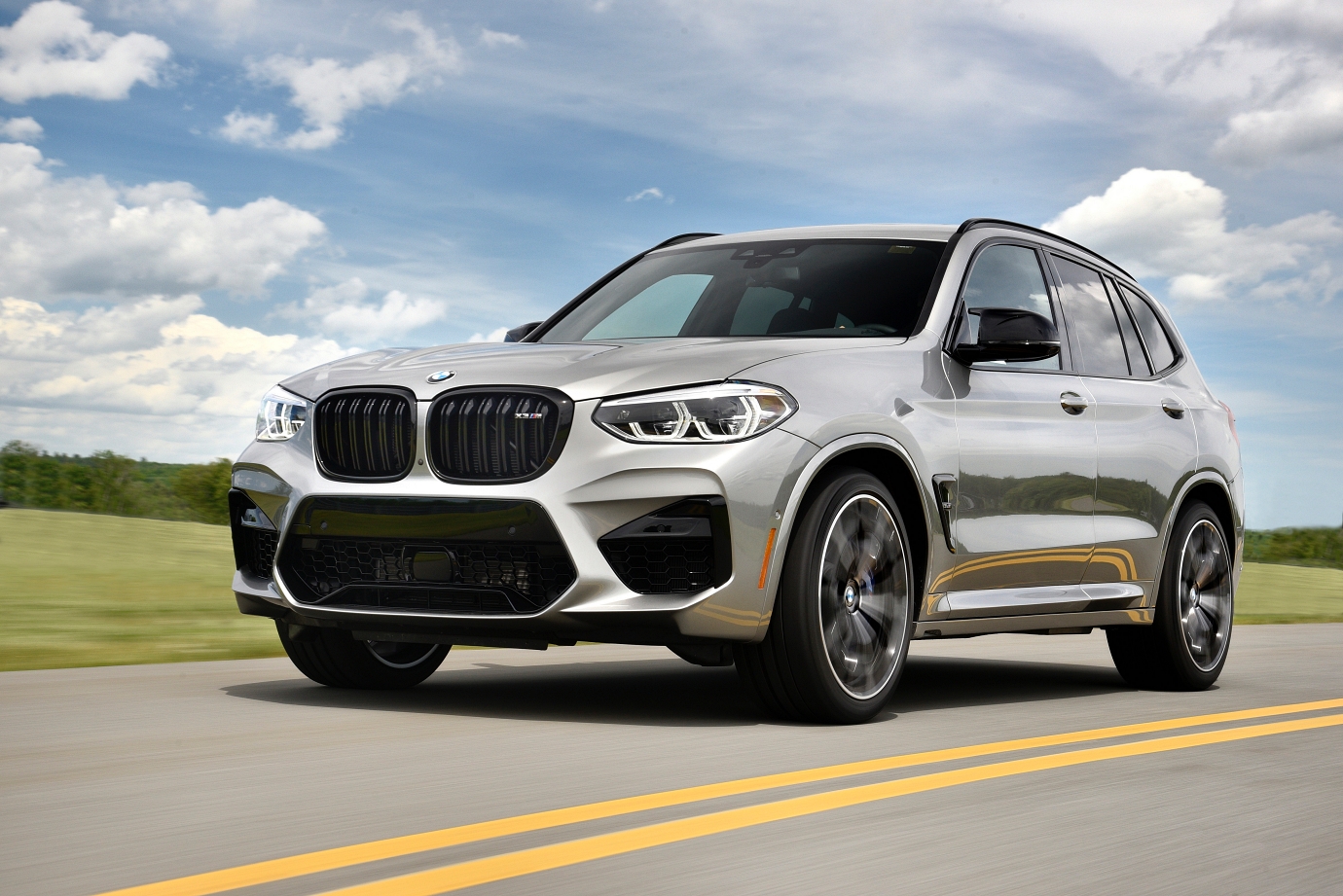
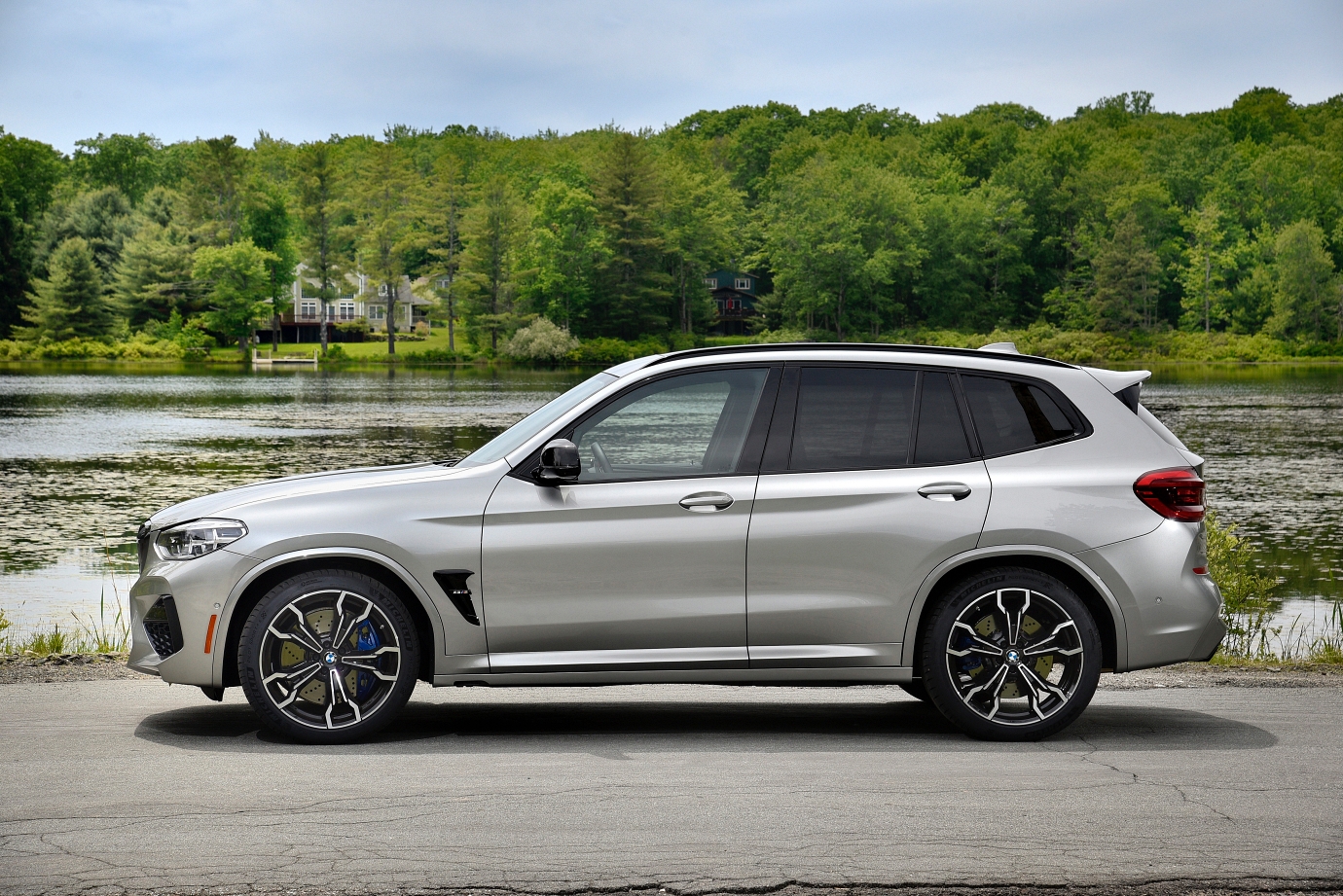
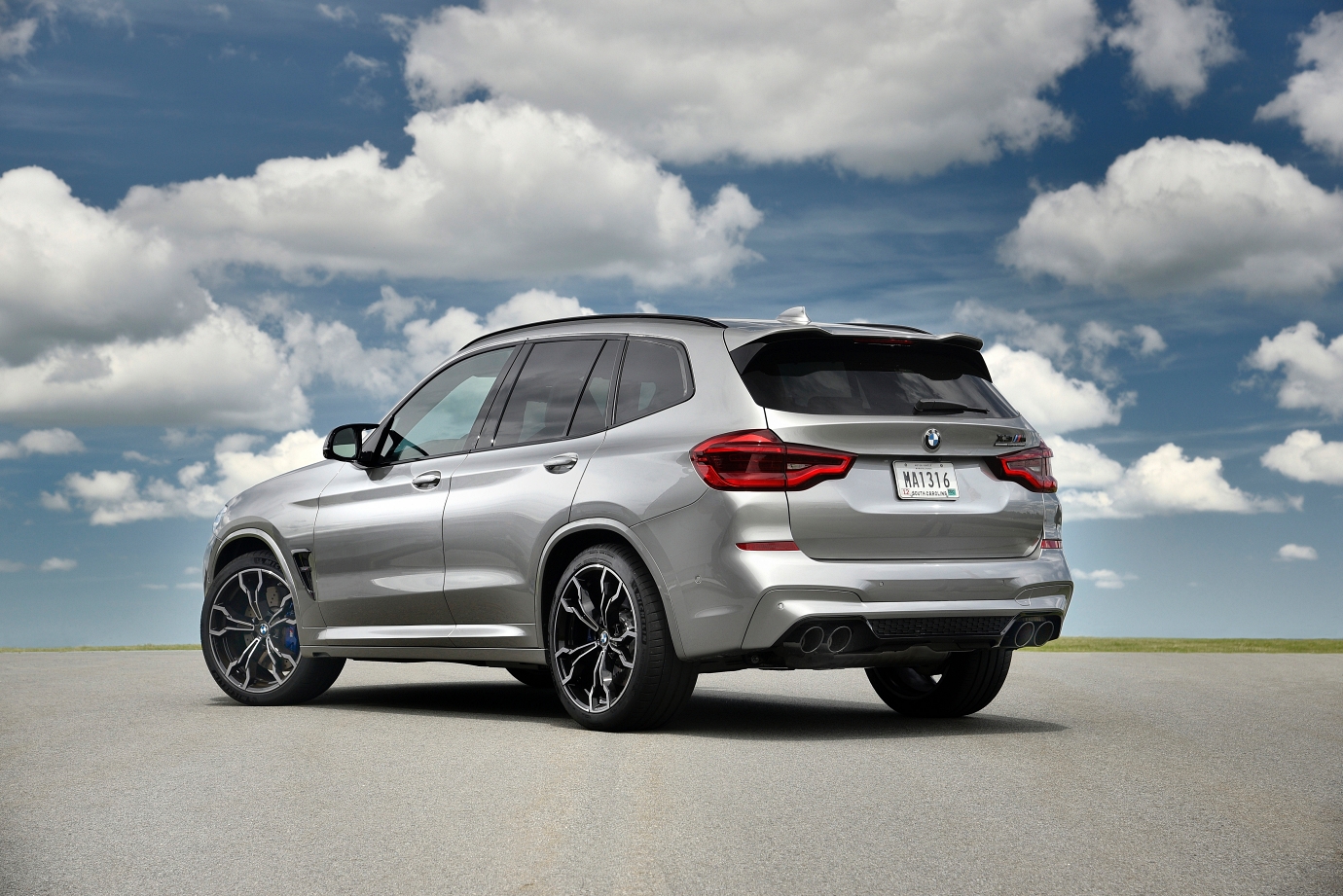
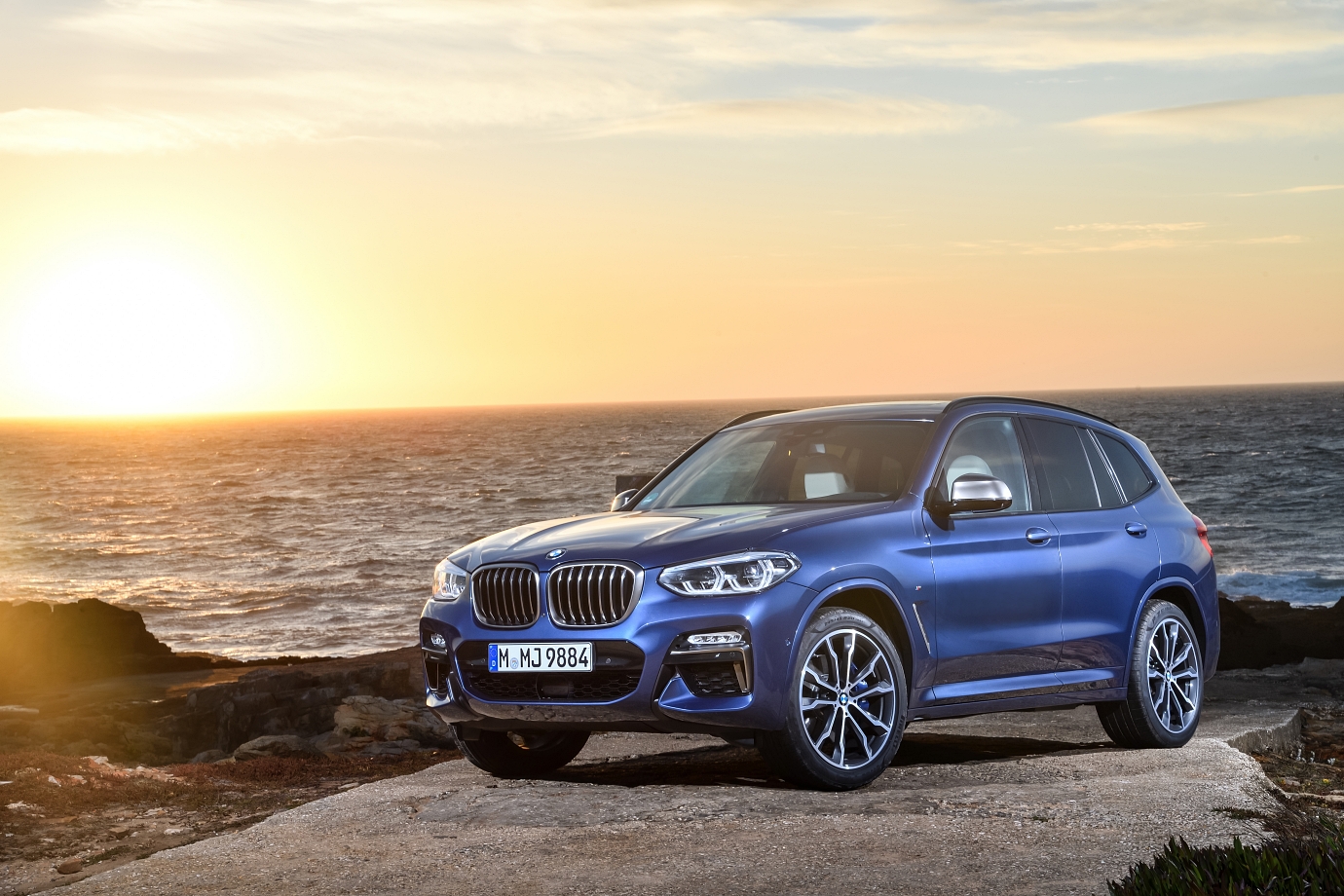
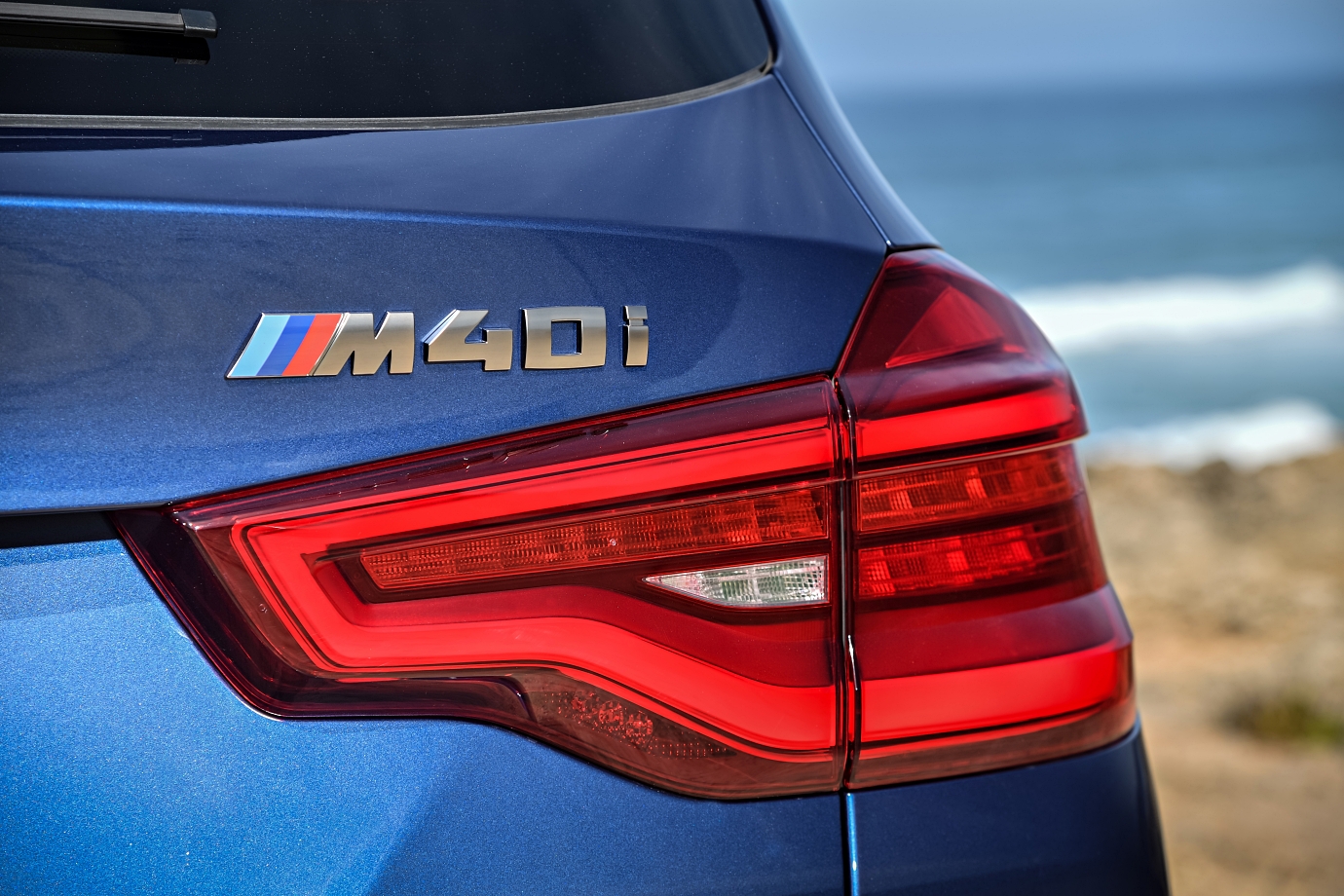

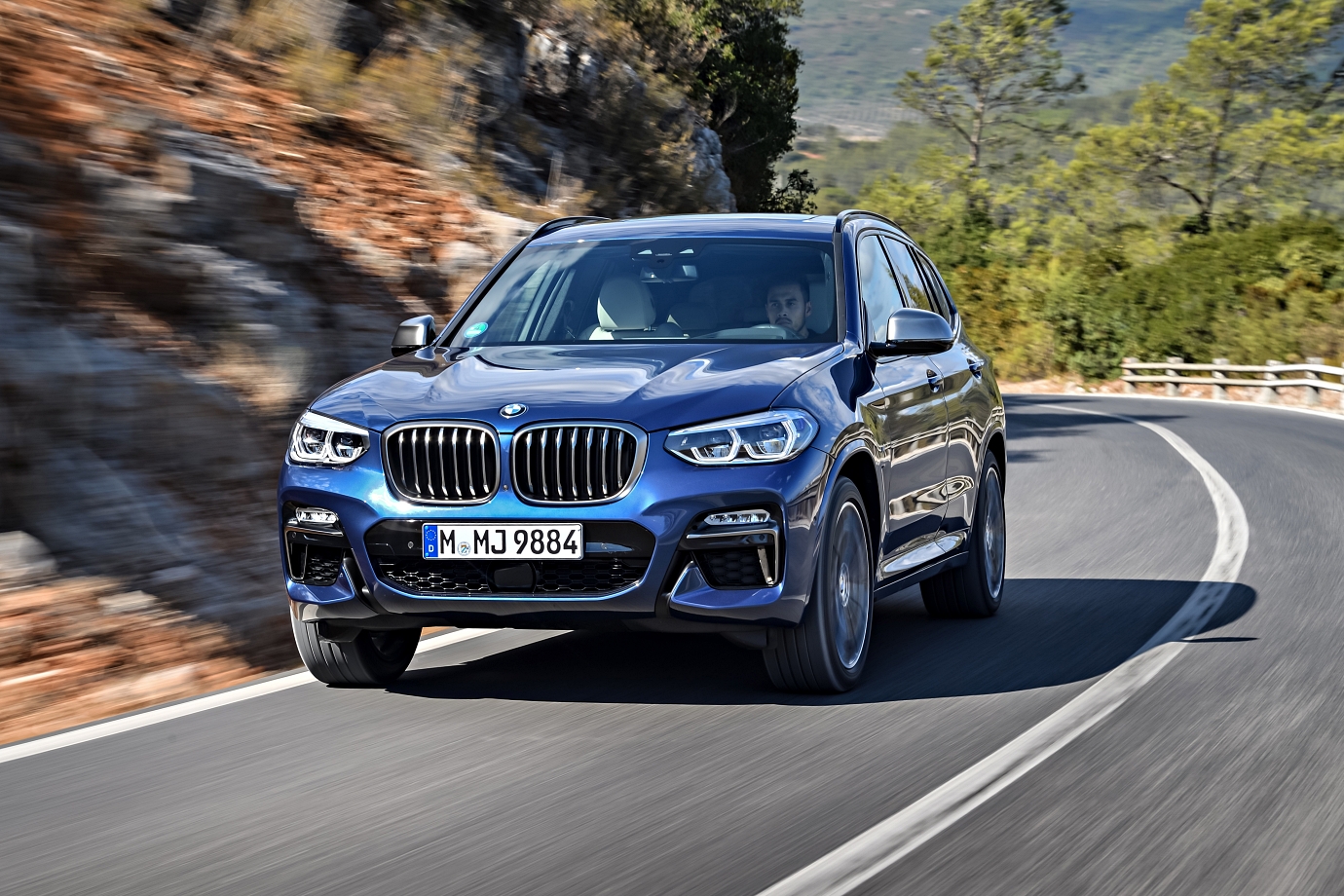
To satisfy the power-hungry, the BMX X3 M40i and the BMW X3 M Competition complete the top ranks of the petrol-powered X3 range. On paper, each model is paired with an in-line-six 3.0 litre engine. In reality, these are vastly different powerhouses with distinctive approaches to them.
The BMW X3 M40i has 387hp and 500Nm of turning force which is sufficient to propel it from standstill to 100km/h in just 4.5s. Though it’s a “baby M” machine, there are cues strewn across the car to remind you of its capabilities. Most distinctive on the X3 M40i are the M aerodynamic package with front and rear sculptured diffusers, 21-inch alloy wheels and signature Cerium Grey accents at its front-end.
The BMW X3 M Competition is a new addition to the BMW X3 range, and is BMW’s take on what a thoroughbred sporty SAV would be like. With the engine from the new BMW M3 and its very own dynamic M suspension, the BMW X3 M Competition punches far above its weight in this vehicle class. 510hp and 600Nm are the key figures to mention to family and friends at Xmas gatherings when they hear you rock up with your M Sport exhaust in its SPORT+ setting.
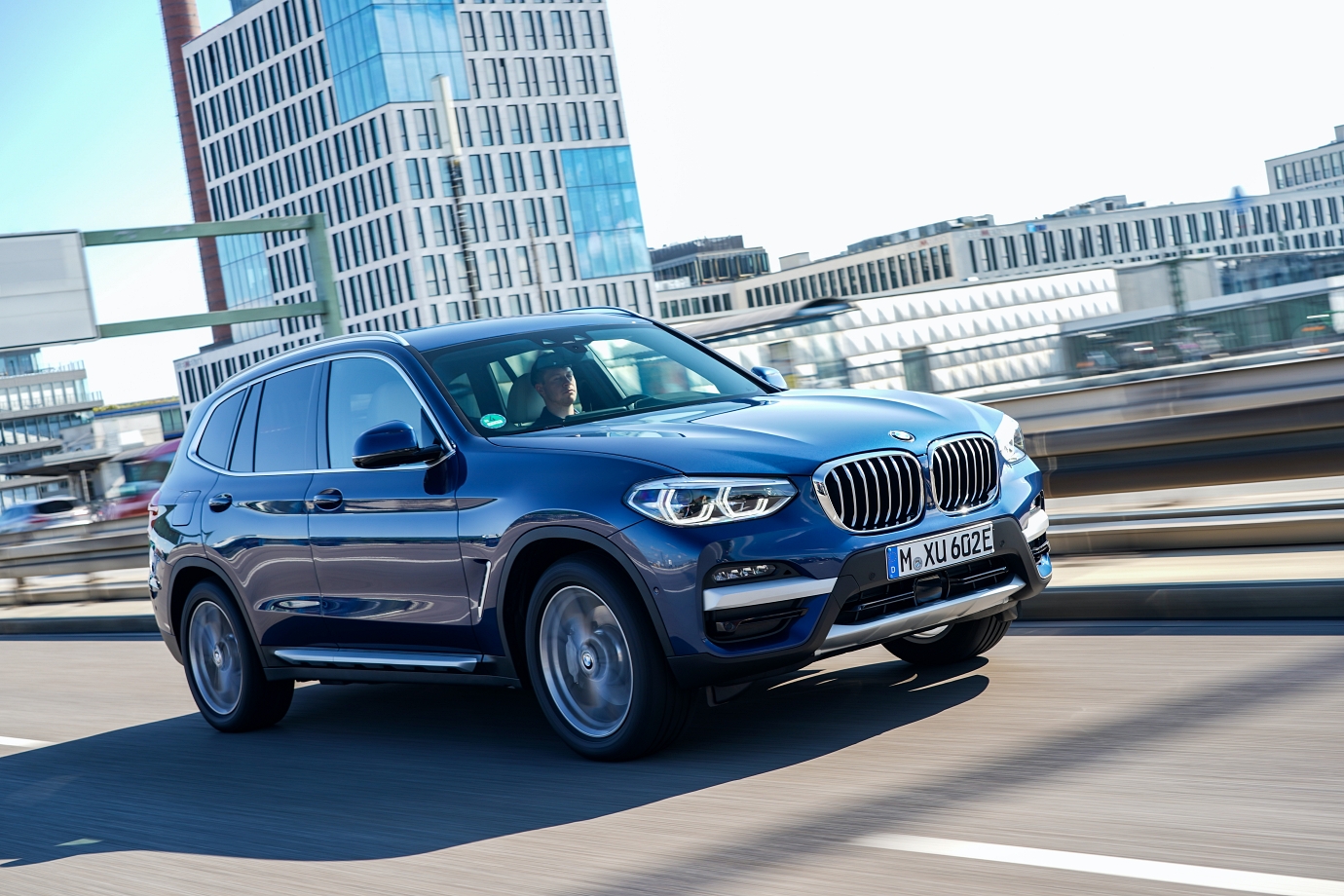
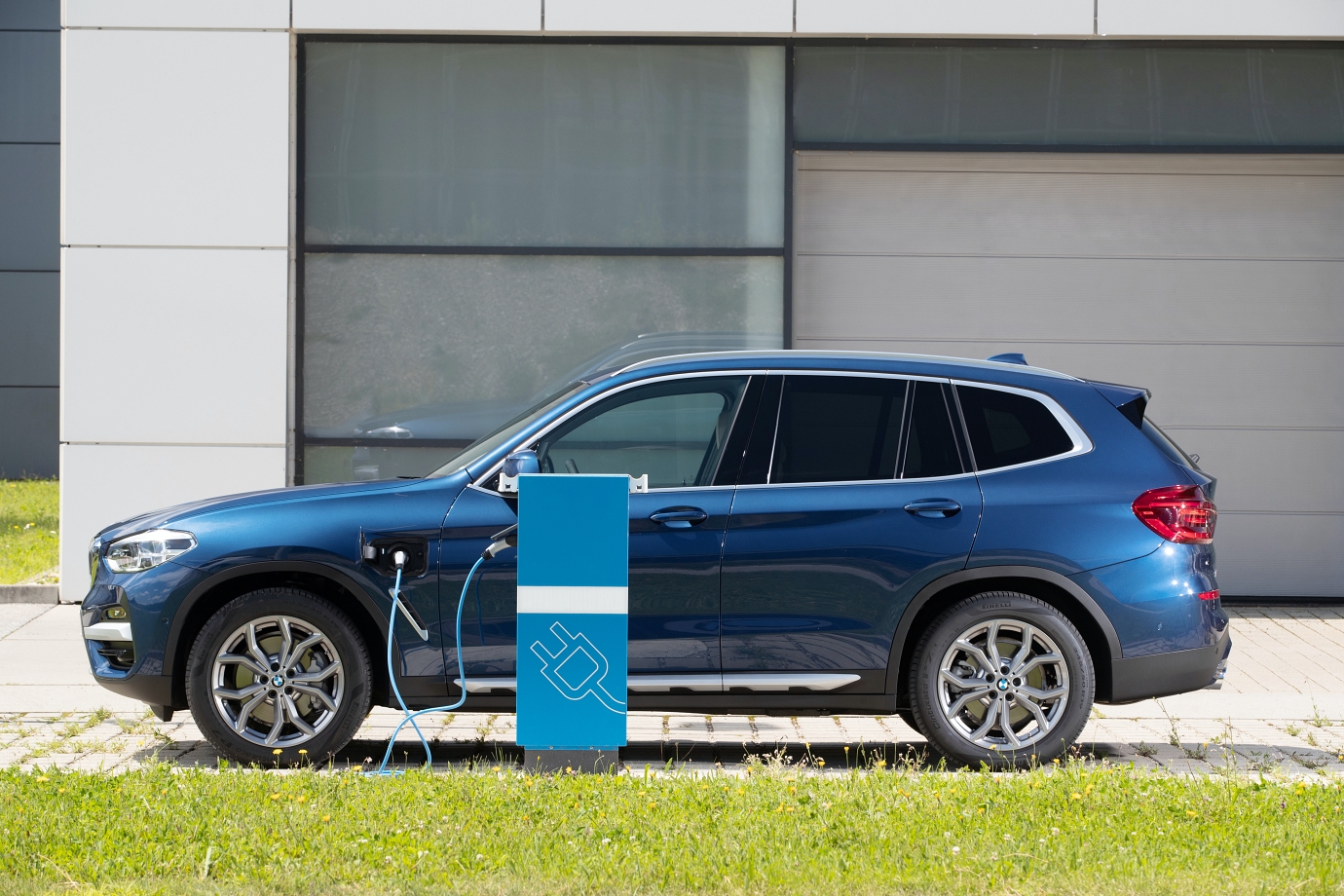
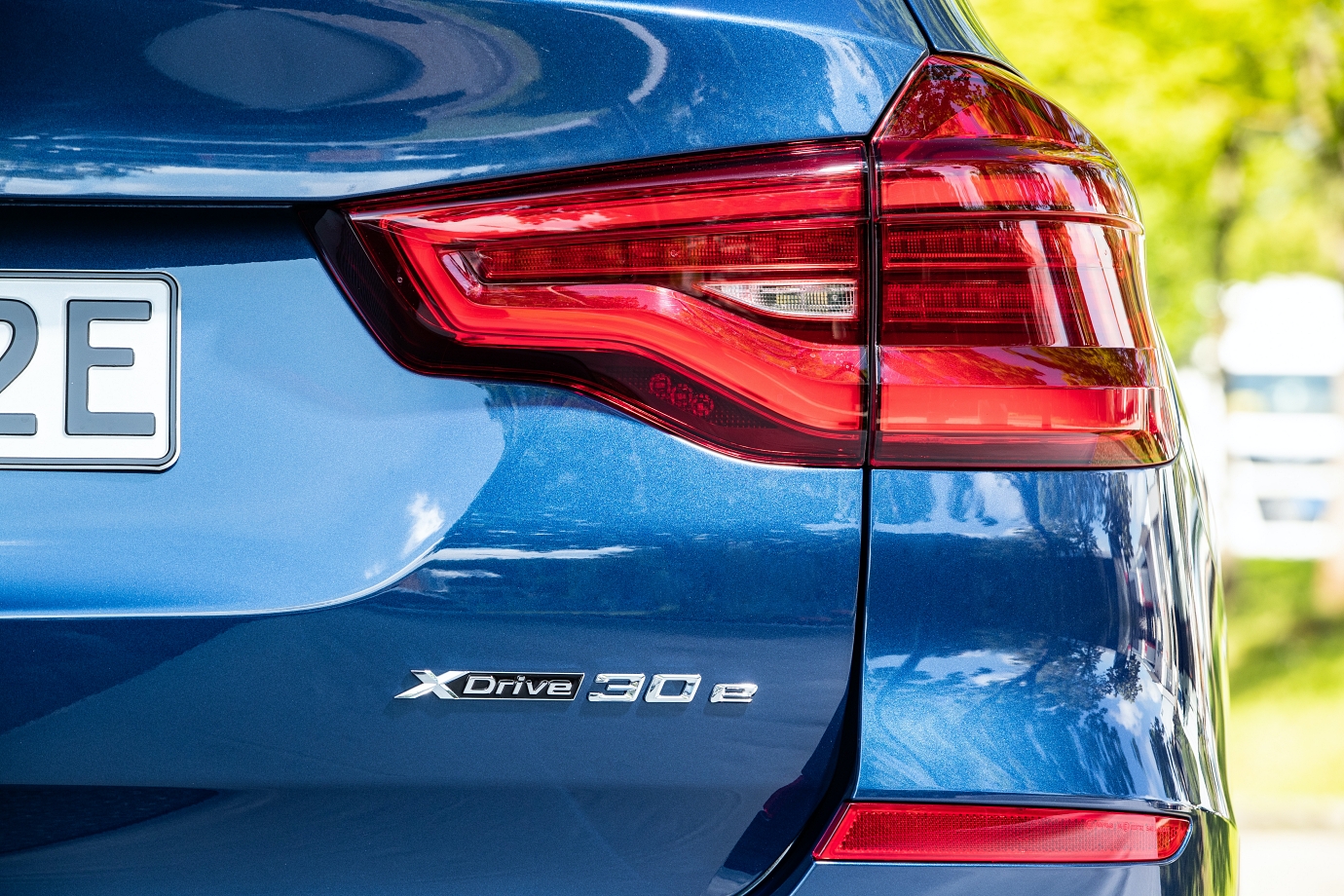
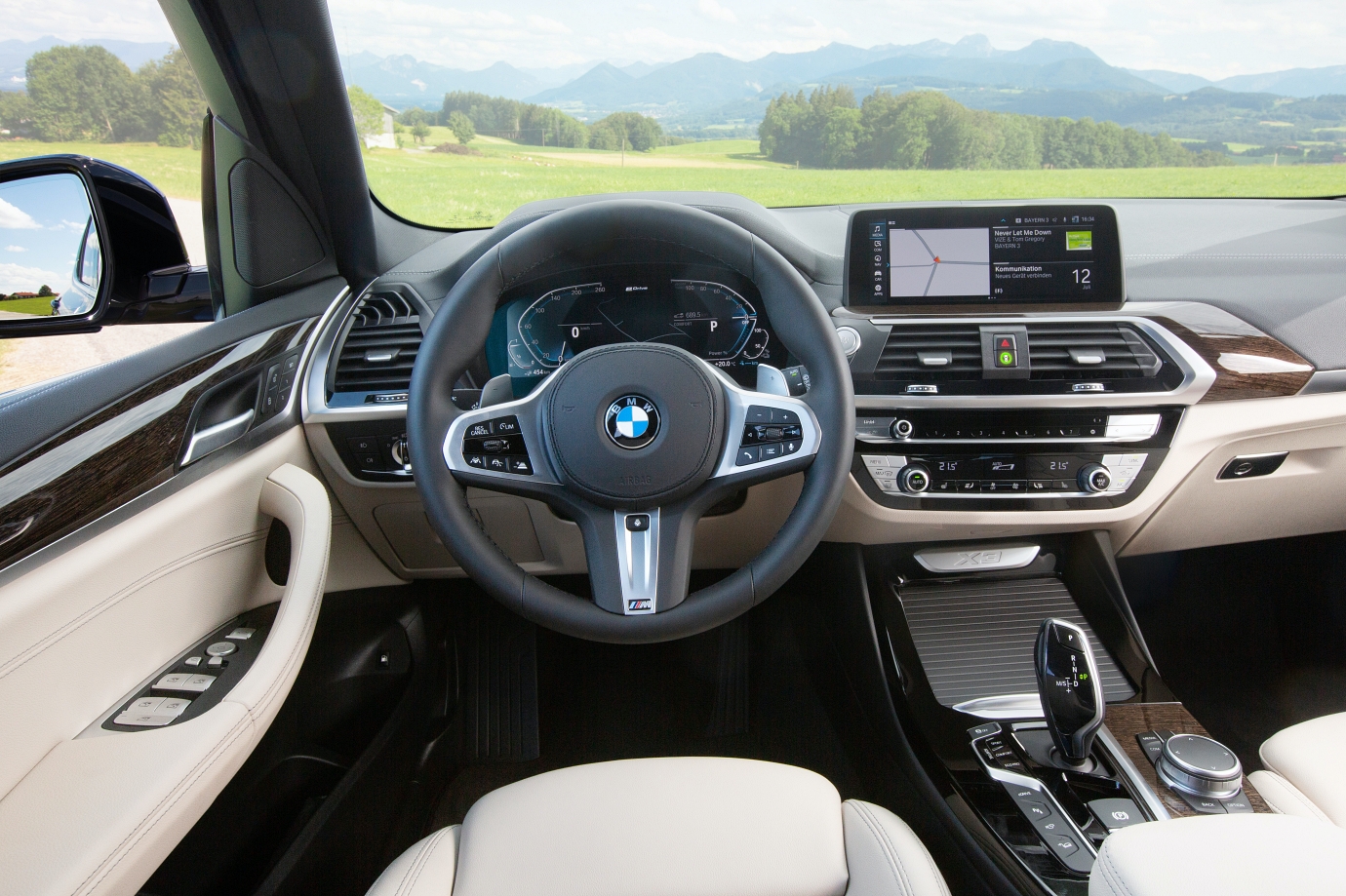
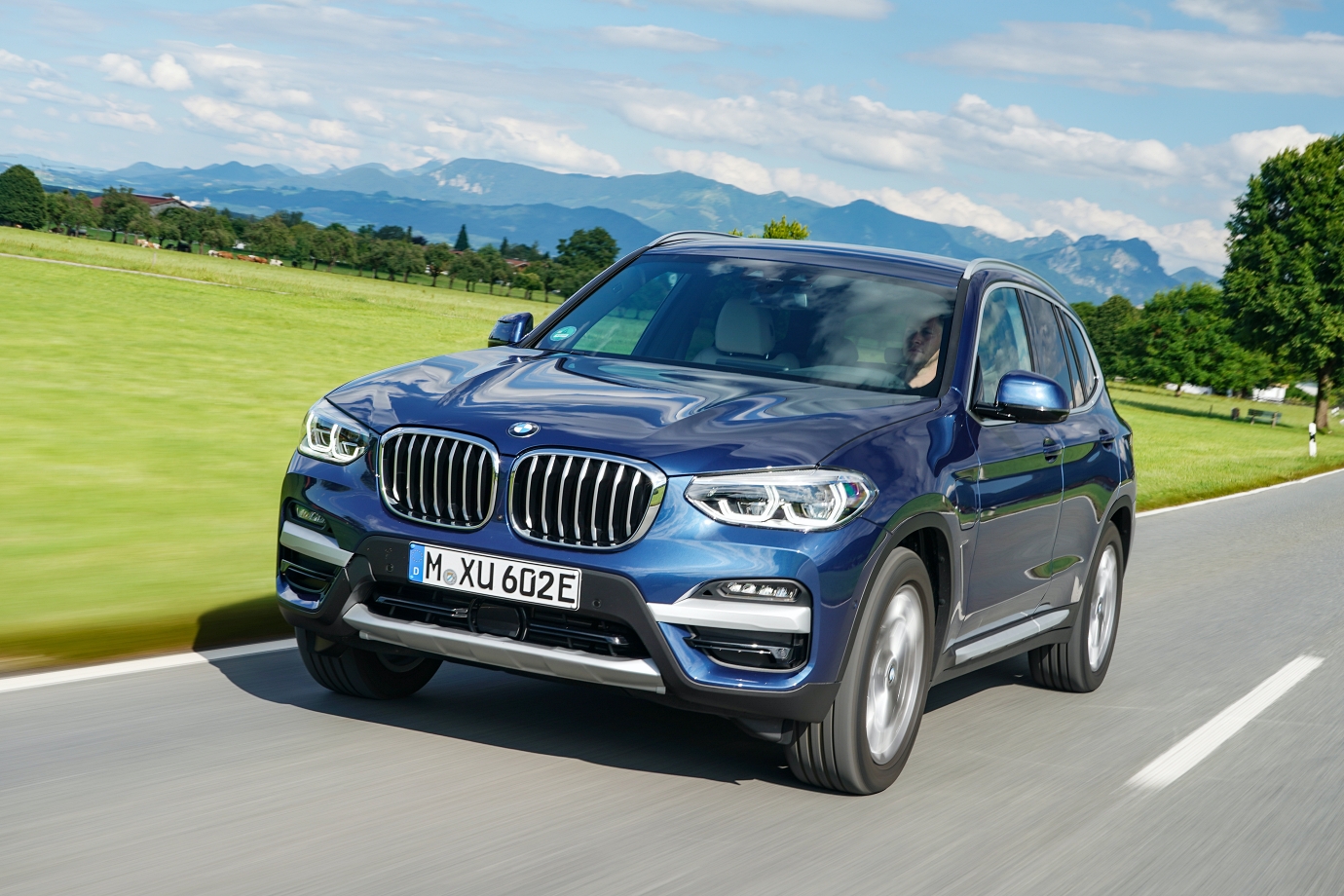
If a more silent approach is necessary, the BMW X3 xDrive30e plug-in hybrid will see to this need. The first major benefit of a hybrid drivetrain is its superior fuel consumption over its conventional ICE counterparts.
With a total of 292hp and 420Nm, the BMW xDrive30e returns a WLTP fuel consumption figure of 2.2-2.8 L/100km with fully charged batteries. Compared to the xDrive30i’s combined fuel consumption of 6.2-6.7 L/100km, the benefits to fuel savings that the plug-in hybrid system contributes to will be felt in the long term.
With a range of 41-46km when driven purely on electric power, the average driver in Singapore will well be able to cover their daily commute with zero tailpipe emissions. This means low CO2 emissions and maximum fuel savings before retiring the car for an overnight charge.
The second major benefit of the BMW xDrive30e is how the eDrive electric motor complements the 2.0 combustion engine. The electric motor is able to generate maximum torque from the get-go and quickly accelerates the vehicle up to a speed where the combustion engine would be in its sweet spot.
Should more accelerating power be necessary, the four-cylinder petrol engine is in its power band and continues with the forward surge. The most prominent effect of this taking place is when an emergency overtaking manoeuvre is required.
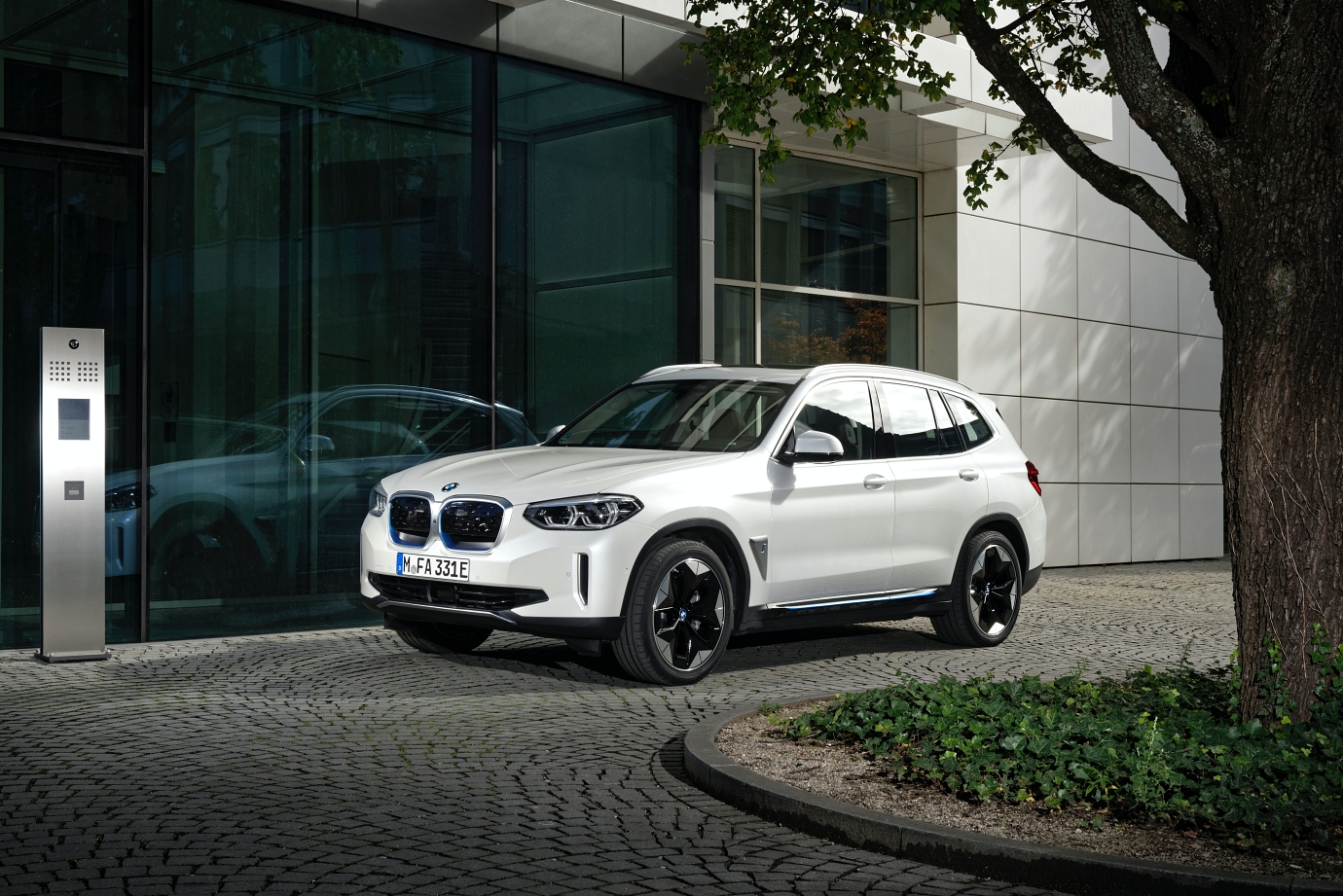
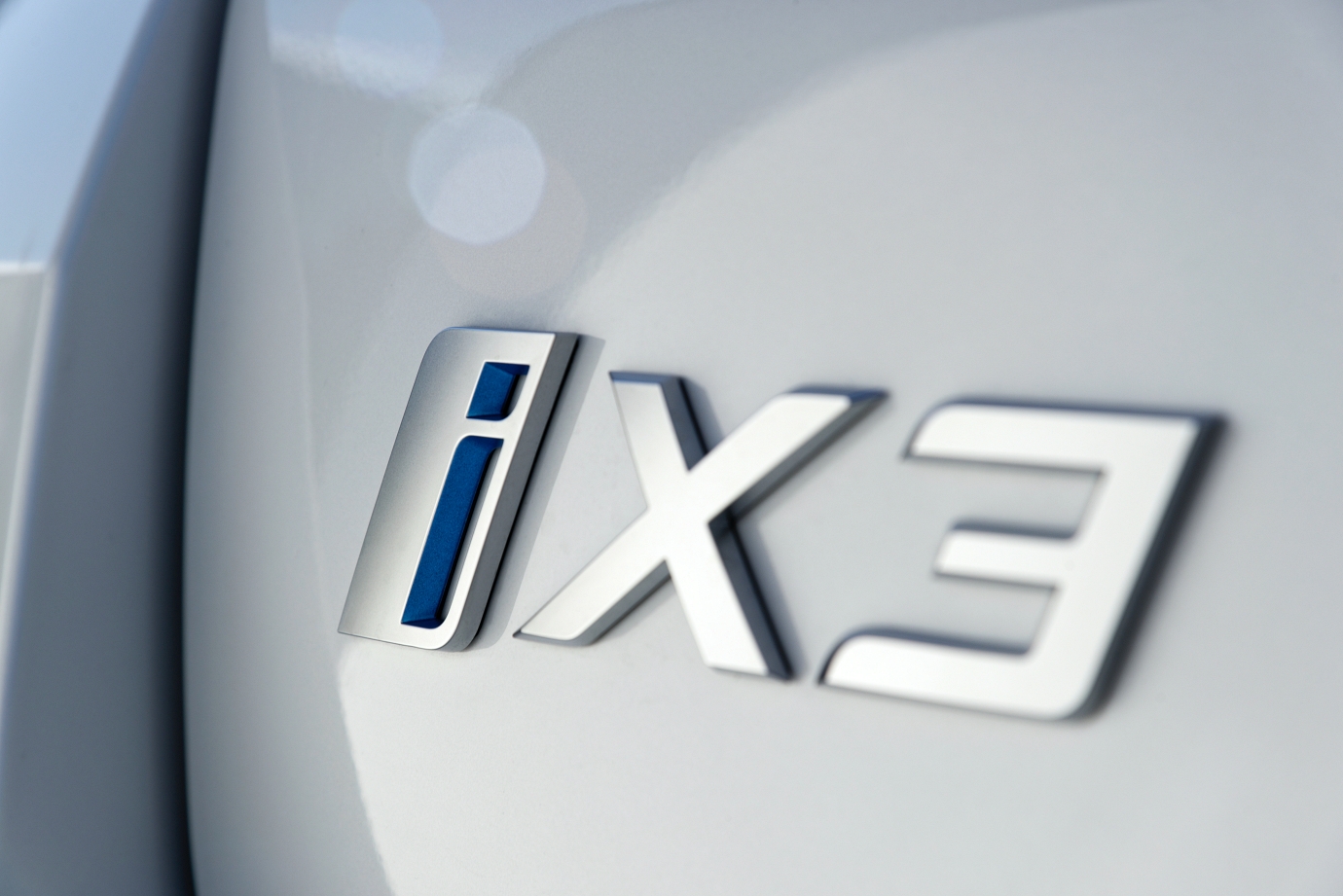
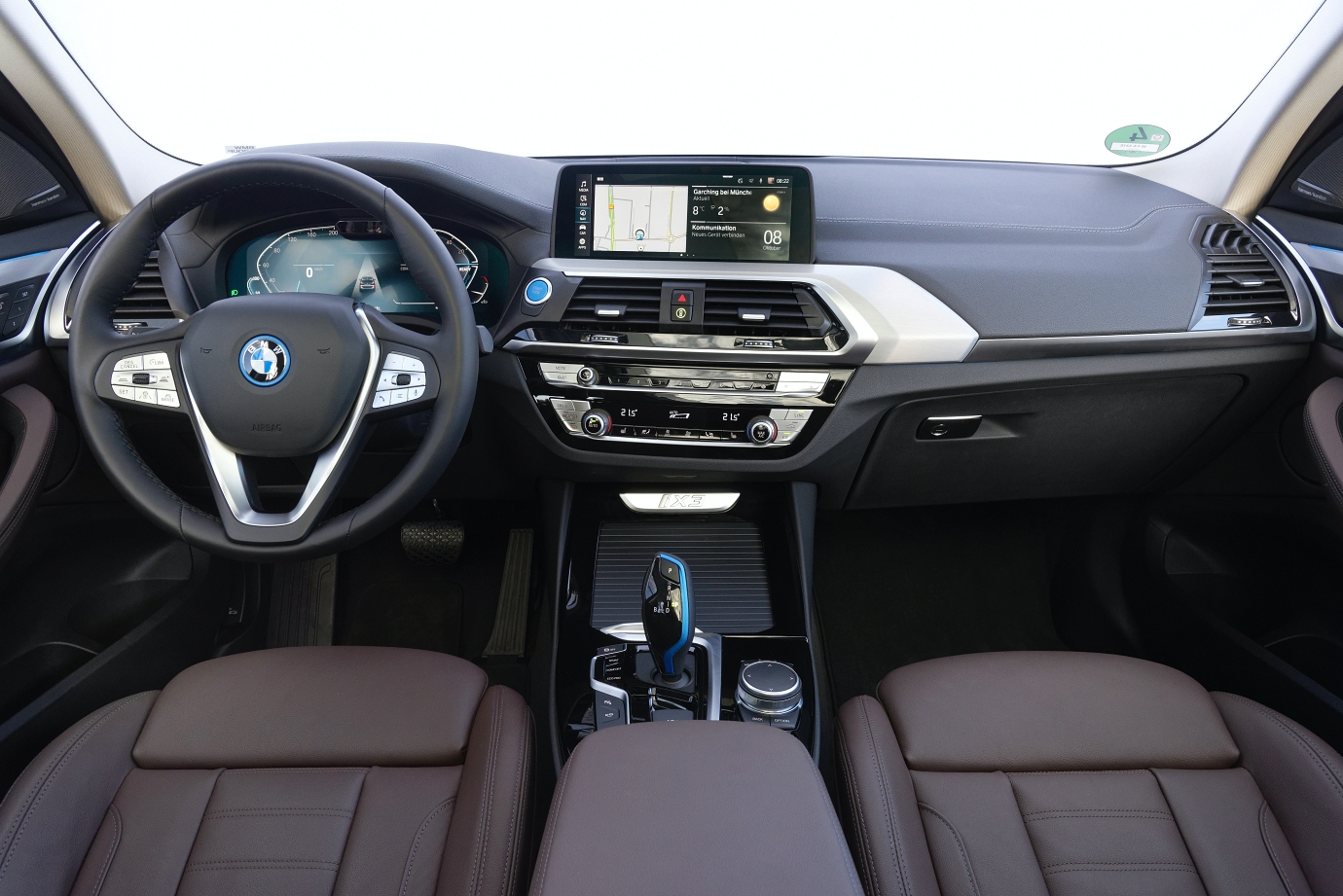
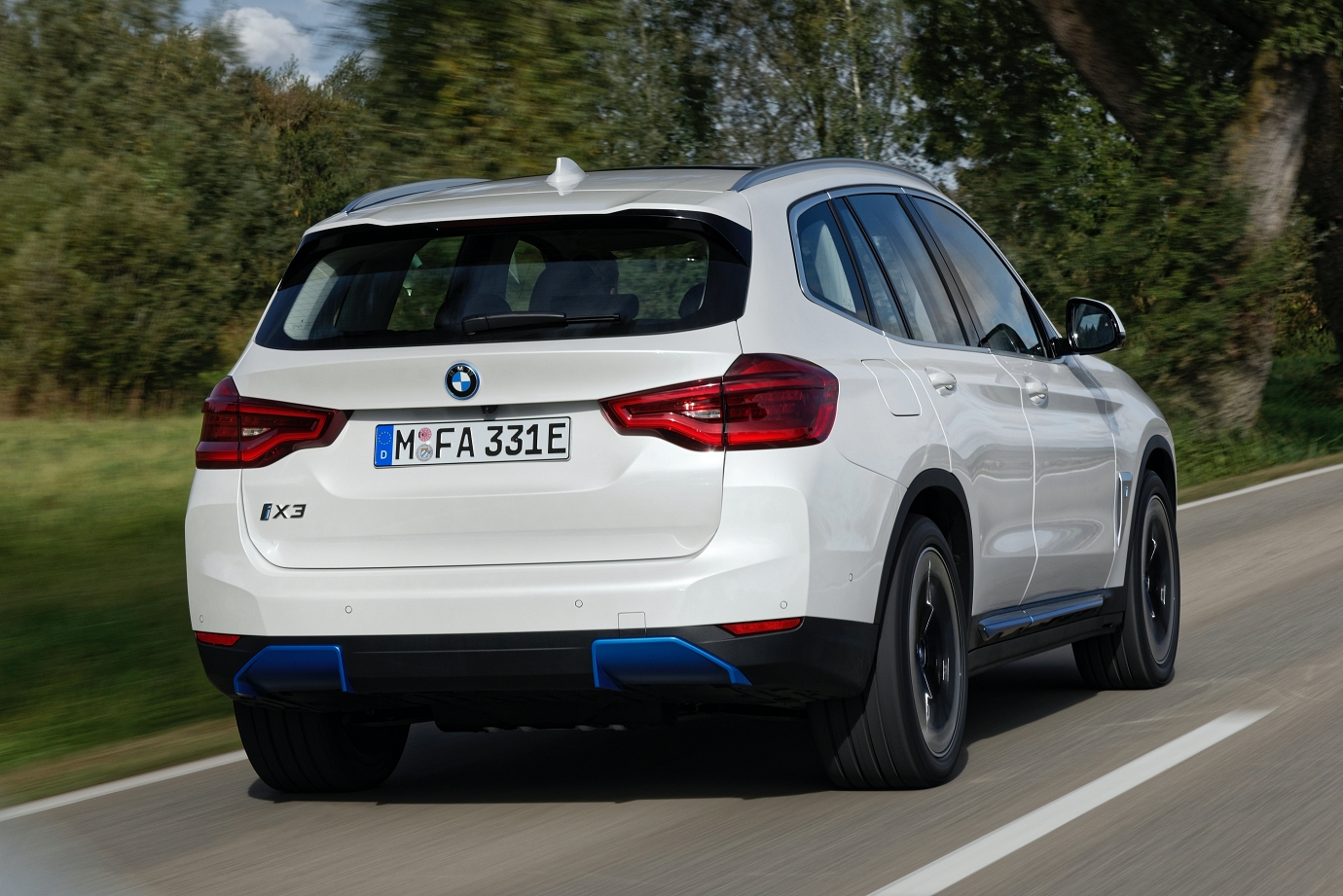
With an increasing number of governments focusing on electrification in mobility of the future, BMW answers the call with the fully electric BMW iX3, which can be expected in Singapore in Q3 2021. While a zero-emissions off-roader may sound ironic, the BMW iX3 makes a strong case for itself with its 460km range and battery technology.
The fifth generation of the BMW eDrive technology in the BMW iX3 has upped the ante in battery power density and overall package efficiency. The range produced from the 80kWh battery and the electric power consumption of 18.5-19.5kWh/100km are a testament to this.
The current-excited synchronous electric motor powers the rear wheels and with a 74mm lower centre of gravity, it retains the driving dynamics familiar with other BMW X3s in the range.
It is not just in the final product where environmental benefits are found. BMW has seen to it that the elements of lithium and cobalt used in its batteries are procured with international compliance to the highest standards of sustainability.
Additionally, not only is the high-voltage battery produced without rare earth materials, CO2-free electricity is also used in its manufacture. As a result, dispensing the 0-100km/h in 6.8s daily will feel even better thanks to the car’s green credentials.
With such a vast range of models available in the G01 X3’s body style, it is without a doubt that BMW expects this model to be highly sought after amongst the sporty, family-oriented or environmentally conscientious individual.






